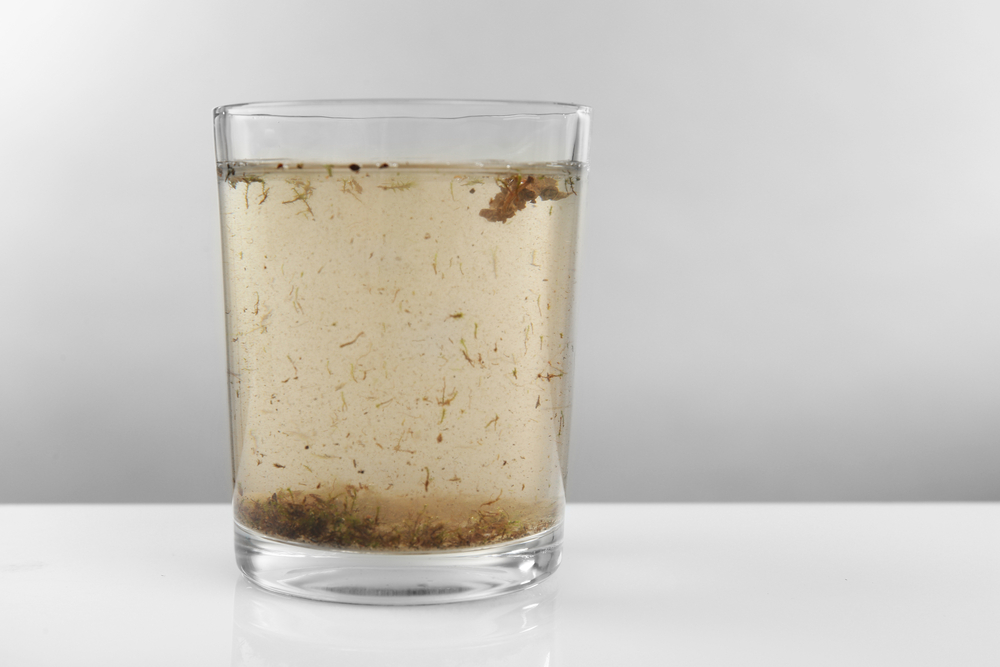The EPA published the Final Fifth Drinking Water Contaminant Candidate List (CCL 5), which will serve as the basis for the Agency’s regulatory considerations over the next five-year cycle under the Safe Drinking Water Act (SDWA). The updated list includes a substantial expansion of per- and polyfluoroalkyl substances (PFAS)—an important first step toward identifying additional PFAS that may require regulation under the SDWA.
The CCL 5 includes 66 chemicals, 3 chemical groups (PFAS, cyanotoxins, and disinfection byproducts), and 12 microbes, which were selected from a universe of chemicals used in commerce, pesticides, biological toxins, disinfection byproducts, and waterborne pathogens. The list is divided into two tables:
“In developing the final CCL 5, EPA requested public nominations, providing an opportunity for people to make recommendations to the Agency about specific contaminants of concern that may disproportionally affect their local community,” states an EPA news release. “EPA further enhanced the CCL process based on comments received on this CCL and previous CCLs, including by prioritizing data most relevant to drinking water exposure, improving considerations of sensitive populations including children, and considering the recommendations included in the Review of the EPA’s Draft Fifth Contaminant Candidate List (CCL 5) report from the Science Advisory Board. These improvements resulted in a Final CCL 5 that can better inform prioritization of contaminants for potential regulatory actions and/or research efforts.”
In CCL 5, the EPA included PFAS as a chemical group rather than listing each PFAS separately. In considering PFAS, the Agency has noted there are more than 4,000 types. Reviewing each PFAS separately would be a huge administrative burden to gather data and analyze and evaluate that data.
“Notably, the two most infamous types of PFAS — PFOA and PFOS — are specifically excluded from the CCL 5 since they are already subject to an EPA regulatory action,” reports the Environmental Law and Policy Monitor, a blog by Troutman Pepper Hamilton Sanders LLP. “Proposed national drinking water standards for PFOA and PFOS are currently pending interagency review with the Office of Management and Budget (OMB).
“The CCL 5’s definition of PFAS appears to be broader than prior definitions that the EPA has recently used. For example, the CCL 5’s definition of PFAS includes more chemical structures than the definition of PFAS contained within a recently proposed rule under TSCA, which only includes around 1,364 out of the 4,000 different types of PFAS. EPA has indicated that it will eventually provide a list of the PFAS that meet the CCL 5 definition on its CompTox Chemicals Dashboard,” continues the Troutman Pepper blog.
Analysts agree that just because the EPA has listed PFAS as a class on the CCL 5 does not mean PFAS will be regulated as a class under the final updated SDWA regulations.
“Following public engagement and robust scientific review, the final contaminant candidate list is the latest milestone in our regulatory efforts to ensure safe, clean drinking water for all communities,” said EPA Assistant Administrator for Water Radhika Fox in the Agency news release. “As EPA takes action to protect public health and the environment from PFAS, including proposing the first nationwide drinking water standards later this year, today’s final CCL 5 looks further forward to consider additional protective steps for these forever chemicals.”

